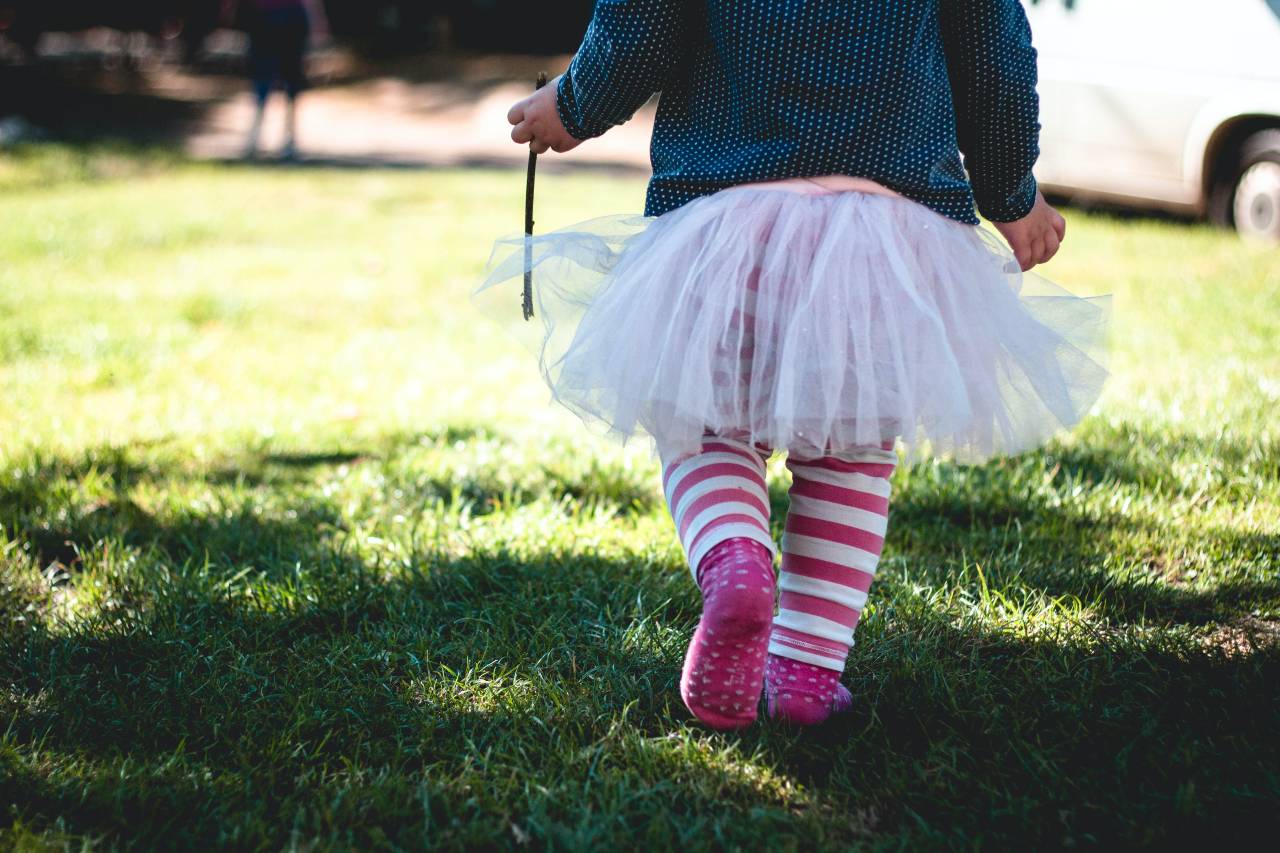
Like with most milestones, your baby will learn to walk on their own timeline and at their own pace. But if you’ve ever asked yourself, “How can I help my baby learn to walk?”, you wouldn’t be the first parent. Naturally, parents want to do everything they can to help their babies progress. And while there are a few ways you can encourage them to take their first steps, ultimately, they’re going to walk when they feel ready.
There are several motor skills and strengths your baby needs to develop before they’re ready to start walking independently. Every baby is different. Nevertheless, there are ways you can encourage them to start exploring and gaining confidence, so that when they’re ready, they have all the tools they need.

One of the best ways to set your baby up for success is to help them strengthen their core muscles. The stronger they are, the easier it’ll be for them to stand up and walk. When your baby starts sitting up by themselves — which can happen anywhere between the four- to seven-month mark — Parents recommends playing stacking games with toys or rolling a ball back and forth, so baby has to stretch their muscles to reach it. Crawling — which usually happens when baby is between seven and 10 months old — is when baby learns to move their arms and legs at the same time. Encouraging them to crawl from one person to another is helpful in teaching them that coordination. Praise will also be essential — the more praise baby gets, the more they know they’re doing something right.
Eventually, when the baby starts cruising (walking alone using furniture for balance), try to encourage them to let go of whatever surface they’re holding onto by sitting close by and prompting them to reach toward you. Hold one of their toys out in front of them so they have to stretch to get it from you. Healthline also suggests placing toys in a trail, so they have a reason to move throughout the space. Push toys like shopping carts and baby doll strollers can also help them take assisted steps.

Between nine and 12 months, your baby may start to take their first unassisted steps. Make a big deal out of this! Anytime they walk from point A to point B, cheer and clap, so that the baby builds confidence and is eager to take the next step. By 15 months, most babies will be on the move. Keep encouraging them to walk as much as possible by keeping them out of their strollers whenever you can, and setting them down on the ground in standing position, rather than sitting position.
It’s important to remember that the safer and more baby-proof your home is, the less painful this process will be. Baby will be doing a lot of tumbling and grabbing while they learn to walk. Make sure all your furniture is secured to the wall and that baby has a soft surface on which to practice walking. Clear the floors of clutter, move delicate decor out of the way, and put away any cables the baby can trip on. They’ll be on the go in no time.


